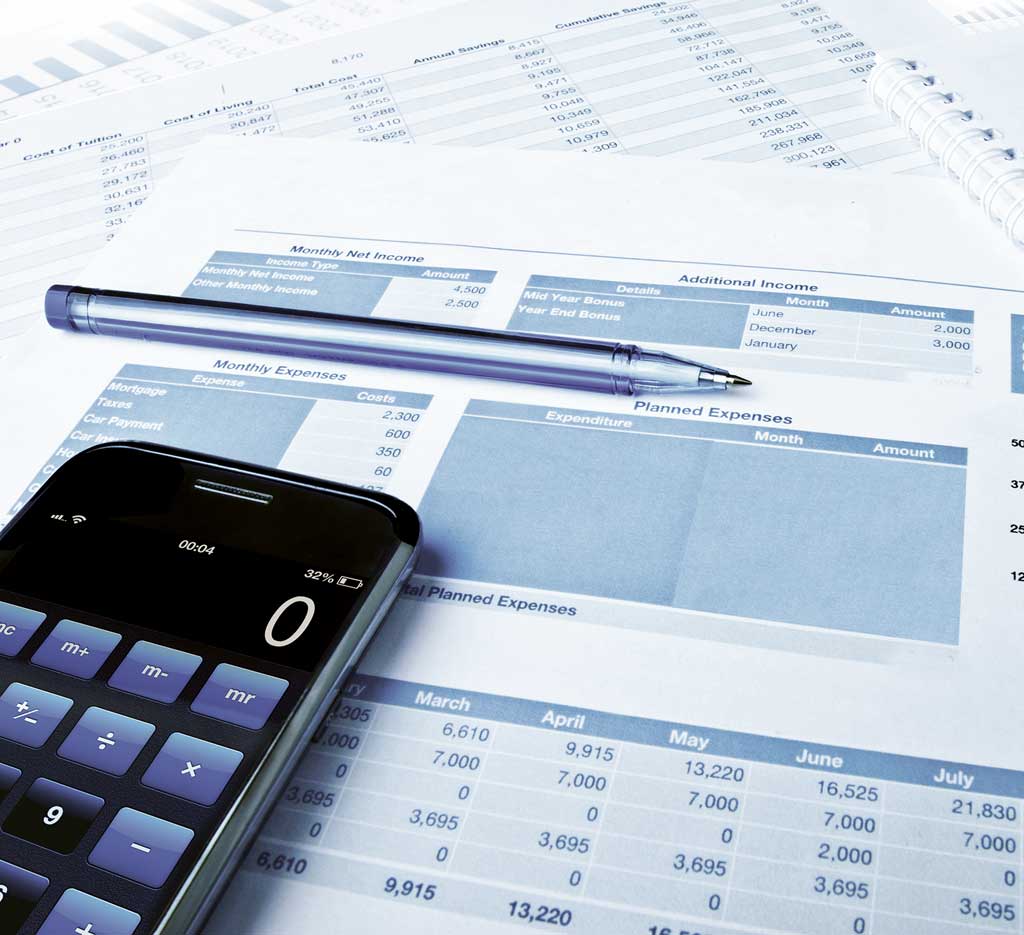OLD BRIDGE – The 2021 township municipal budget was put together with a team effort as officials dealt with issues never experienced before, and circumstances beyond their control, due to the novel coronavirus pandemic.
“COVID has had a devastating impact on our town and its residents with unimaginable loss of life and sadness,” Mayor Owen Henry said. “Also [COVID has had a] devastating impact to local small businesses and the local economy. The town had to change and alter the way that we conduct our business.”
Township Council members adopted a $60.9 million budget after a second reading and public hearing on March 23. The budget increases municipal taxes and municipal library taxes by $2 from $1,659 in 2020 to $1,661 in 2021 for the average home in Old Bridge assessed at $154,578.
A higher assessed value of an individual’s home and/or property will yield a higher municipal property tax payment.
Old Bridge officials will collect $35.4 million in taxes from Old Bridge’s residential and commercial property tax owners in 2021 to help fund the municipal budget.
The budget that was adopted in 2020 totaled $59.84 million and included a $35.1 million tax levy. From 2020-21, the total budget is up $1.08 million and the total amount to be collected from taxpayers is up $292,884.
Old Bridge will receive $6.29 million in state aid for 2021. Officials said state aid has remained flat since 2011. Officials will use $6.15 million from surplus funds (savings) as revenue in the budget in 2021, after using $7 million from surplus as revenue in the 2020 budget.
Municipal taxes are one item on a property owner’s total tax bill, which also includes Old Bridge school taxes, Middlesex County taxes, a library tax and a fire district tax.
The amount of taxes an individual pays is determined by the assessed value of his home and/or property and the tax rate that is set by each taxing entity.
Municipal taxes account for 19% of the total taxes that are paid by a property owner, Business Administrator Himanshu Shah said.
The pandemic has caused decreases in anticipated revenues including in uniform construction and code enforcement fees by $425,000 (20.24%) from $2.1 million in 2020 to $1.68 million in 2021; municipal court fines and costs by $30,000 (7.06%) from $425,000 in 2020 to $395,000 in 2021; and interest on investments and deposits by $175,000 (3.85%) from $325,000 in 2020 to $150,000 in 2021, Shah said.
Included in miscellaneous revenues, which has increased by $2.58 million (69.70%) from $3.71 million in 2020 to $6.29 million for 2021, is a one-time revenue reimbursement.
“Generally we don’t like to use a one-time revenue,” Shah said, noting it tends to cause structure imbalances in budgets. “We believe revenue will rebound as we come out of the pandemic.”
Shah said salaries and wages make up 39.05% of the municipal budget. That line item has increased by $541,586, or 2.33%, from $23.24 million in 2020 to $23.79 million in 2021.
Public safety (includes police) is the largest department/expenditure percentage of the budget at 23.87%, or $14.54 million followed by insurance costs of $10.05 million, or 16.5%.
In addition to contractual increases and minimum wage increases, the 2021 budget includes funding for one new full-time position in the police department – a patrol officer; one new full-time position in human resources – administrative assistant – and one new full-time position in administration – administrative assistant.

